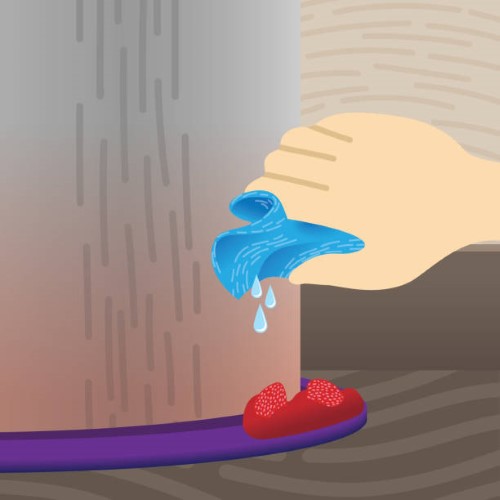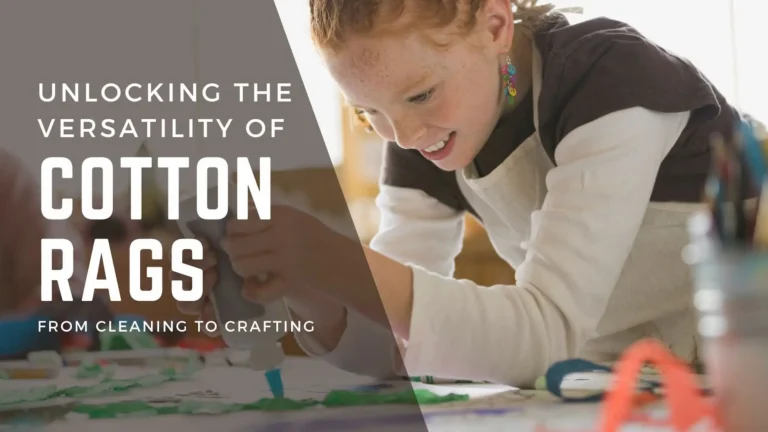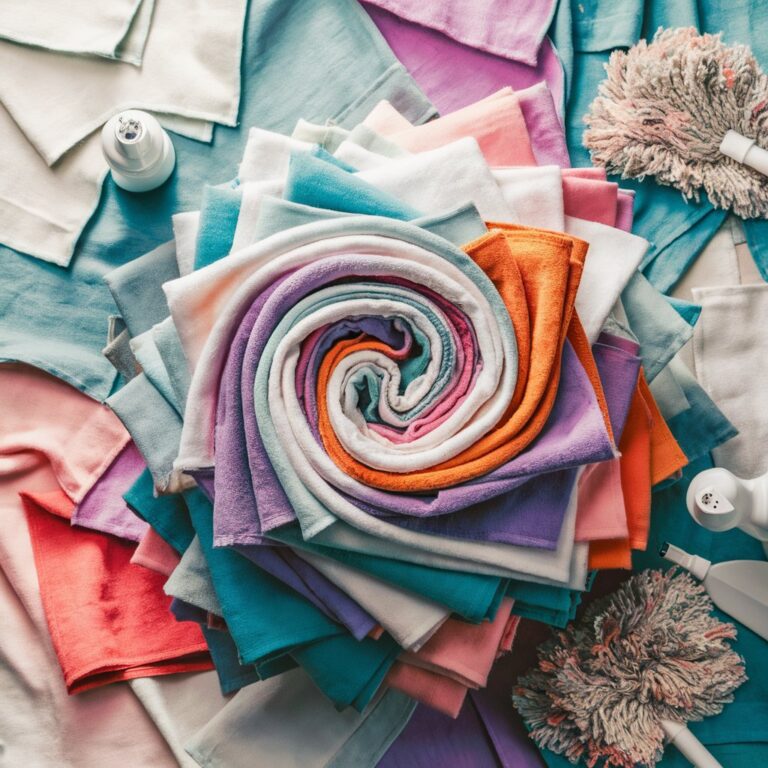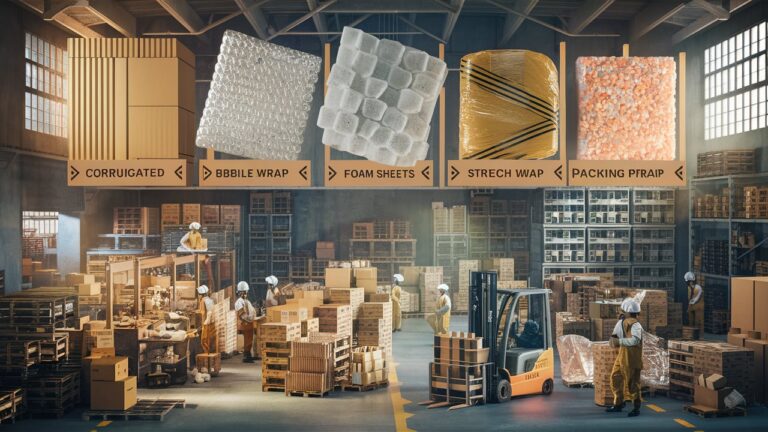Choosing the Right Cleaning Rag: A Comprehensive Guide to Materials and Usage
Rags are versatile pieces of cloth that find utility in various industries and household activities. From cleaning to polishing, their applications are vast. This article aims to shed light on the different types of rags available in the market and provide guidance on how to choose the right one for specific tasks.
What Are Rags?
Rags are pieces of cloth that have typically been discarded or are no longer suitable for their original purpose. These can range from old clothing to textile remnants. While they may not be fit for their original use, rags find new life in various applications. They are often employed for cleaning, polishing, or other tasks that require the use of a cloth material. Rags come in different materials and textures, each suited for specific tasks. Understanding the characteristics of various types of rags allows individuals to choose the right one for their intended purpose.

Understanding the Types of Rags
When it comes to choosing the best cleaning rags, several options are available, each with its own set of advantages depending on the task at hand. Here are some of the best types of cleaning rags:
1. Cotton Rags
Cotton rags are highly absorbent and ideal for tasks that involve liquids. They are commonly used in kitchens, automotive workshops, and for general cleaning purposes.
2. Microfiber Cloths
Microfiber cloths are known for their exceptional cleaning abilities. They can capture tiny dust particles and are perfect for dusting and polishing surfaces.
3. Terry Cloth
Terry cloth is characterized by its looped, soft texture. It’s commonly used in the textile industry for making towels, but it’s also a great choice for cleaning delicate surfaces.
4. Linen Rags
Linen rags are durable and lint-free, making them suitable for tasks that require precision and a clean finish. They’re often used in painting and woodworking.
5. Disposable Wipes
Disposable wipes are convenient for one-time use. They come in various materials, including paper and non-woven fabrics, and are excellent for quick cleanups.
6. Shop Towels
Shop towels are rugged, durable rags designed for heavy-duty tasks. They’re commonly used in automotive garages and industrial settings.
7. Flannel Rags
Flannel rags are soft and non-abrasive, making them perfect for tasks that require a gentle touch. They’re commonly used in the healthcare industry.
The best cleaning rag ultimately depends on the specific cleaning task at hand. For example, microfiber cloths are excellent for dusting and polishing, while cotton rags are great for general cleaning. It’s important to consider factors like absorbency, linting, and task specificity when choosing the right cleaning rag for a particular job.
Factors to Consider When Choosing Rags
1. Task Specificity
Consider the task at hand. Are you cleaning, polishing, or applying a finish? Different tasks require different types of rags.
2. Absorbency
For tasks involving liquids, opt for highly absorbent materials like cotton or microfiber.
3. Linting
If a lint-free finish is crucial, linen rags are an excellent choice.
4. Durability
For heavy-duty tasks, choose rugged materials like shop towels.
5. Environmental Impact
Consider reusable options like cotton or microfiber for eco-friendly choices.
What are cotton rags used for?
Cotton rags have a wide range of applications due to their absorbent and versatile nature. Some common uses for cotton rags include:

Cotton rags are often used for everyday cleaning tasks. They are effective for wiping down surfaces, mopping up spills, and removing dust and dirt.

The soft and absorbent quality of cotton makes it ideal for polishing and buffing tasks. It can be used to achieve a smooth and shiny finish on surfaces like glass, metal, and wood.

Cotton rags are commonly used in automotive workshops for tasks such as wiping down vehicles, cleaning tools, and applying or removing lubricants.

Cotton rags are useful in painting and staining projects. They can be used for wiping away excess paint, applying finishes, and cleaning brushes and rollers.

From dusting furniture to wiping down kitchen counters, cotton rags are a handy tool for various household cleaning tasks.

Due to their absorbent nature, cotton rags are effective in soaking up spills, whether it’s water, oil, or other liquids.

Cotton rags can be repurposed for arts and crafts projects. They can be used for painting, staining, or even as a canvas for creative endeavors.

Cotton rags are used in various industries for tasks like cleaning machinery, wiping down workstations, and absorbing spills in manufacturing environments.

Professional cleaning services often rely on cotton rags for their effectiveness in maintaining cleanliness in commercial spaces.

In tasks that require careful attention to detail, such as antique restoration or fine woodworking, cotton rags are chosen for their precision.
Overall, cotton rags are a versatile tool for a wide range of cleaning and maintenance tasks across different industries and household settings. Their absorbent and durable nature makes them a reliable choice for various applications.
Conclusion
Selecting the right type of rag can significantly impact the outcome of your task. Understanding the characteristics of each type allows you to make an informed decision based on your specific needs.
FAQs
1. Can I use any type of rag for cleaning glass surfaces?
While many rags can be used for cleaning glass, microfiber cloths are particularly effective due to their lint-free properties.
2. Are disposable wipes environmentally friendly?
Most disposable wipes have an environmental impact. Consider reusable options for a more sustainable choice.
3. Can I wash and reuse cotton rags?
Yes, cotton rags are generally washable and reusable, making them a cost-effective option.
4. Are shop towels suitable for household use?
Shop towels are designed for heavy-duty tasks and may be too abrasive for delicate household surfaces.
5. How do I clean and maintain my rags?
The cleaning method depends on the type of rag. Refer to the manufacturer’s guidelines for best practices.







